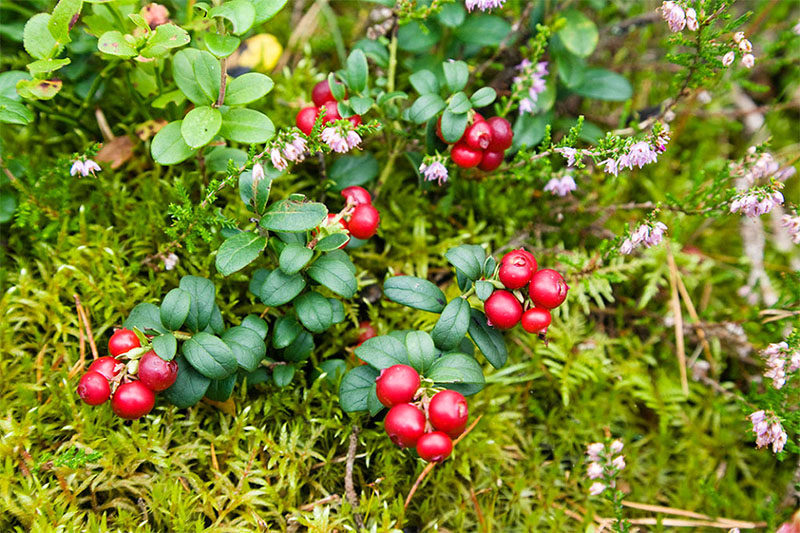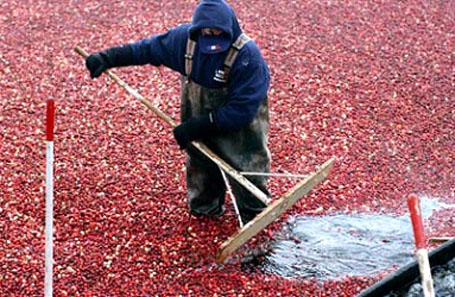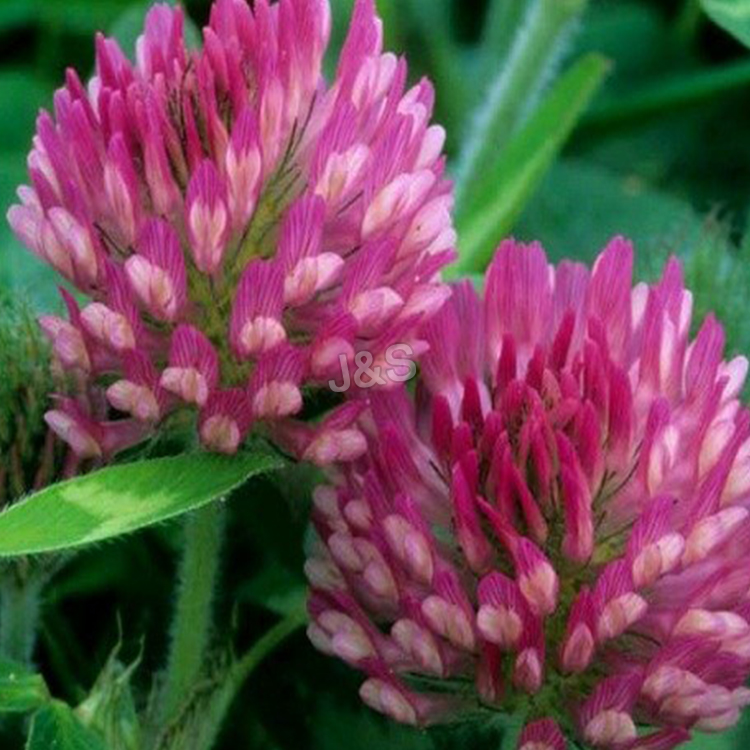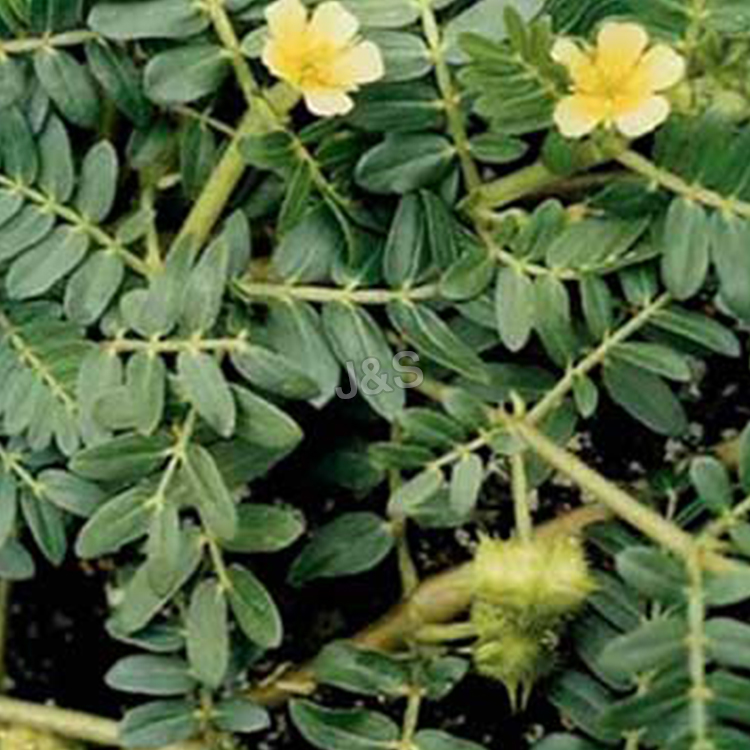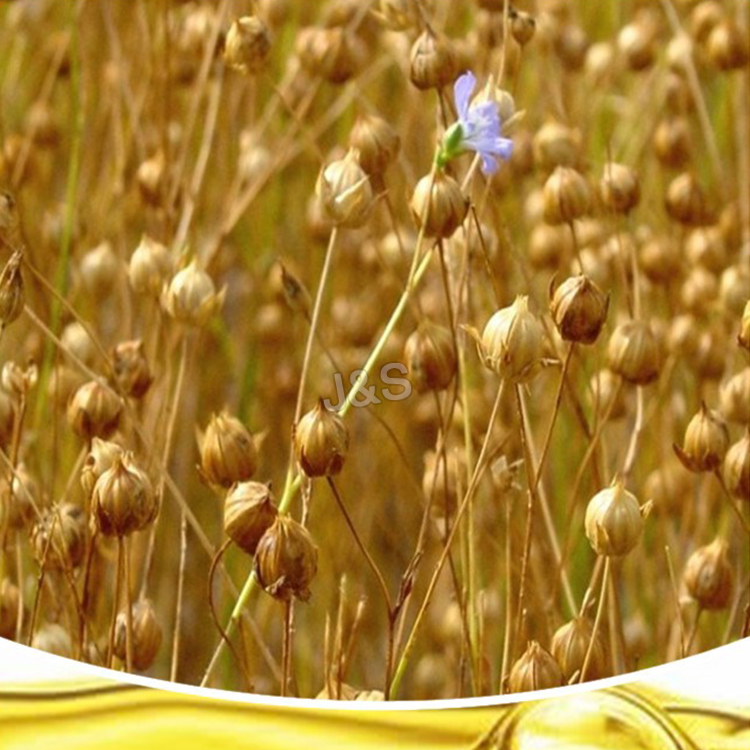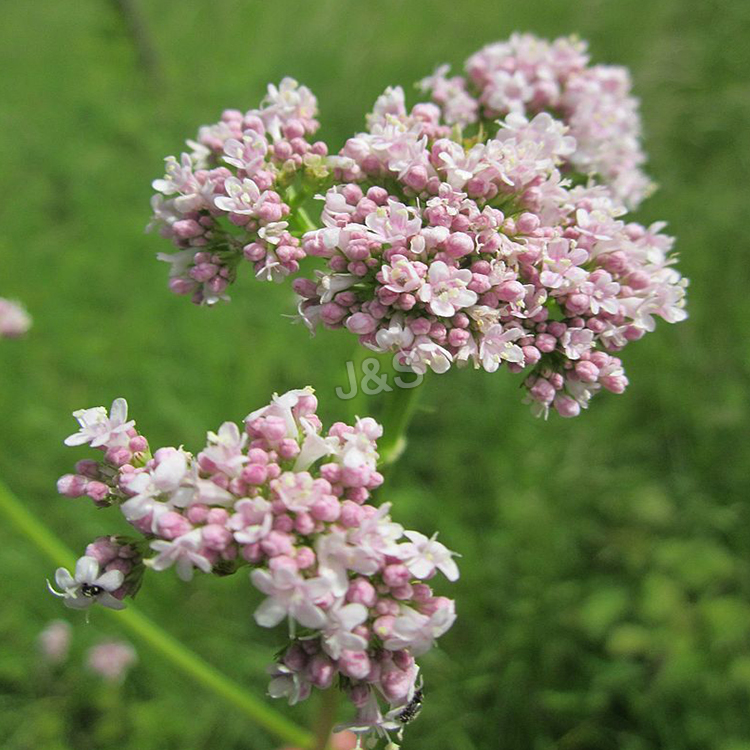Factory wholesale price for Cranberry Extract in Laos
Factory wholesale price for Cranberry Extract in Laos Detail:
[Latin Name] Vaccimium Macrocarpon L
[Plant Source] North America
[Specifications] 3% – 50% PACs.
[Test method] Beta-smith, DMAC, HPLC
[Appearance] Red fine powder
[Plant Part Used] Cranberry fruits
[Particle size] 80 Mesh
[Loss on drying] ≤5.0%
[Heavy Metal] ≤10PPM
[Pesticide residue] EC396-2005, USP 34, EP 8.0, FDA
[Storage] Store in cool & dry area, keep away from the direct light and heat.
[Shelf life] 24 Months
[Package] Packed in paper-drums and two plastic-bags inside.
[Gereral feature]
1. 100% extract from Cranberry fruit, passed ID test from the 3rd part like ChromaDex. Alkemist Lab;
2. Pesticide residue: EC396-2005, USP 34, EP 8.0, FDA;
3. The standard of the heavy mental is strictly according to the pharmacopoeia like USP, EP, CP;
4.Our company import the raw material directly from Canada and America;
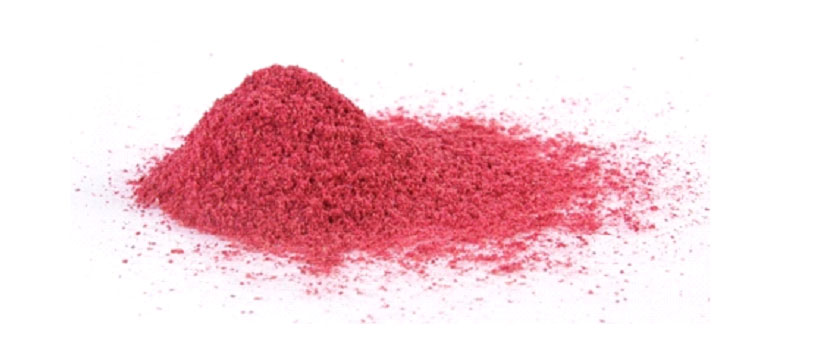
5. Good water solubility, the price is reasonable
[What is cranberry]
Cranberries are a group of evergreen dwarf shrubs or trailing vines in the subgenus Oxycoccus of the genus Vaccinium. In Britain, cranberry may refer to the native species Vaccinium oxycoccos,while in North America, cranberry may refer to Vaccinium macrocarpon. Vaccinium oxycoccos is cultivated in central and northern Europe, while Vaccinium macrocarpon is cultivated throughout the northern United States, Canada and Chile. In some methods of classification, Oxycoccus is regarded as a genus in its own right.They can be found in acidic bogs throughout the cooler regions of the northern hemisphere.
Cranberries are low, creeping shrubs or vines up to 2 metres long and 5 to 20 centimetres in height; they have slender, wiry stems that are not thickly woody and have small evergreen leaves. The flowers are dark pink, with very distinct reflexed petals, leaving the style and stamens fully exposed and pointing forward. They are pollinated by bees. The fruit is a berry that is larger than the leaves of the plant; it is initially light green, turning red when ripe. It is edible, with an acidic taste that can overwhelm its sweetness.
Cranberries are a major commercial crop in certain American states and Canadian provinces. Most cranberries are processed into products such as juice, sauce, jam, and sweetened dried cranberries, with the remainder sold fresh to consumers. Cranberry sauce is a traditional accompaniment to turkey at Christmas dinner in the United Kingdom and Thanksgiving dinners in the United States and Canada.
[Function]
UTI protection, Prevent and treat urinary tract infections
Guard against cardiovascular diseases
Eliminate eye fatigue, curing eye diseases
Anti- aging
Cancer risk reduction
Product detail pictures:

Related Product Guide:
Using a full scientific good quality administration system, very good quality and superior faith, we win good standing and occupied this discipline for Factory wholesale price for Cranberry Extract in Laos , The product will supply to all over the world, such as: Slovakia, Switzerland, Wellington, Actually need to any of those objects be of interest to you, make sure you allow us to know. We'll be delighted to present you a quotation on receipt of one's comprehensive specs. We've our individual specialist R&D enginners to meet any of the requriements, We look forward to receiving your enquires soon and hope to have the chance to work together with you inside the future. Welcome to take a look at our organization.
Lloyd Wright, author of the just released Hepatitis C: A Do-It Yourself Guide for Health, talking about Blueberry Extract, an effective agent for preventing or slowing down the replication of the Hepatitis C Virus. Hepatitis C virus (HCV) infection is a major cause of chronic liver disease such as chronic hepatitis, cirrhosis, and hepatocellular carcinoma. While searching for new natural anti-HCV agents in agricultural products, we found a potent inhibitor of HCV RNA expression in extracts of blueberry leaves when examined in an HCV subgenomic replicon cell culture system.
This activity was observed in a methanol extract fraction of blueberry leaves and was purified by repeated fractionations in reversed-phase high-performance liquid chromatography. The final purified fraction showed a 63-fold increase in specific activity compared with the initial methanol extracts and was composed only of carbon, hydrogen, and oxygen. Liquid chromatography/mass-ion trap-time of flight analysis and butanol-HCl hydrolysis analysis of the purified fraction revealed that the blueberry leaf-derived inhibitor was proanthocyanidin.
Furthermore, structural analysis using acid thiolysis indicated that the mean degree of polymerization of the purified proanthocyanidin was 7.7, consisting predominantly of epicatechin. Proanthocyanidin with a polymerization degree of 8 to 9 showed the greatest potency at inhibiting the expression of subgenomic HCV RNA. Purified proanthocyanidin showed dose-dependent inhibition of expression of the neomycin-resistant gene and the NS-3 protein gene in the HCV subgenome in replicon cells.
While characterizing the mechanism by which proanthocyanidin inhibited HCV subgenome expression, we found that heterogeneous nuclear ribonucleoprotein A2/B1 showed affinity to blueberry leaf-derived proanthocyanidin and was indispensable for HCV subgenome expression in replicon cells. These data suggest that proanthocyanidin isolated from blueberry leaves may have potential usefulness as an anti-HCV compound by inhibiting viral replication.
Wright knows about the rigors of life with Hepatitis C, and he knows all about wandering in the dark when doctors have no answers. Wright describes the new book, which follows his international best seller Triumph Over Hepatitis C, as “having all the primary information that everyone infected with Hepatitis C must know about. The 200-million people worldwide, about 5 million of them American, can benefit tremendously from Lloyds personal experience with over 200.000 clients who have hep c, most of them having used interferon and had it fail.
Lloyd Wright’s Hepatitis C book builds on the years of work already undertaken and brings valuable new information about ways to combat the destructive virus, Hepatitis C. Hepatitis C: A Do-It Yourself Guide for Health begins by chronicling Wright’s own personal horror story after a 1979 accident brought Hepatitis into his life through a hospital blood transfusion. Following 15 years of pain, suffering and uncertainty he was accidently diagnosed and basically told to get his affairs in order. He refused to accept the fate prescribed to him by doctors and battled against the odds, and he prevailed. To those facing Hep C, Lloyd Wright offers these words of wisdom: “You can, and must, take responsibility for your health. If you are suffering from hepatitis C, you can reclaim your health, get out of bed, get off the couch, forget about disability, and go back to work.”
A Time of Enlightenment (see Table of Contents below), Wright gives the exact supplement regimen followed in what he calls “my own recovery from Hepatitis C.” The supplements, vitamins and herbs taken were “a treatment strategy” that he lays out in Hepatitis C: A Do-It Yourself Guide for Health. A few of the items used were NatCell Thymus, Non-Pasteurized Aloe and Blueberry leaf extract.
One of the new items, Naringenin currently offered by Wright is described in the book as a “powerful flavonoid” found in grapefruit that “shows promise in helping to combat hepatitis C. Naringenin is currently being used for a Phase 1 trial at UCLA. The hepatitis C virus is bound to a very low intensity lipo-protein (one of the so-called “bad” cholesterols), when it is secreted from liver cells, according to a February 4, 2007, article published in Science Daily. Researchers at the Massachusetts General Hospital Center for Engineering in Medicine reported that the viral secretion required to pass infection to other cells can be blocked by the common flavonoid Naringenin.”
Lloyd Wright in Chapter Two, Hepatitis and Interferon, describes the nature of Hepatitis and the various forms in which it exists, meaning Hepatitis A, B and C, before offering this warning at the end of the section: “If you have Hepatitis C, your medical doctor will prescribe interferon. Before you proceed, read this book.”
For more about Lloyd Wright go to https://alternativemedicinesolution.com
#isotonix OPC3, Pycnogenol, Most Advanced Nutraceuticals in the world
Cindy Tan
Hp: +65 9023 2368
cindytanshop.com
sg.shop.com/cindytan
Production management mechanism is completed, quality is guaranteed, high credibility and service let the cooperation is easy, perfect!
